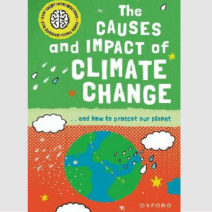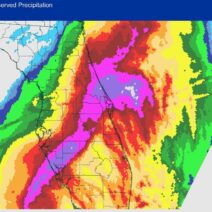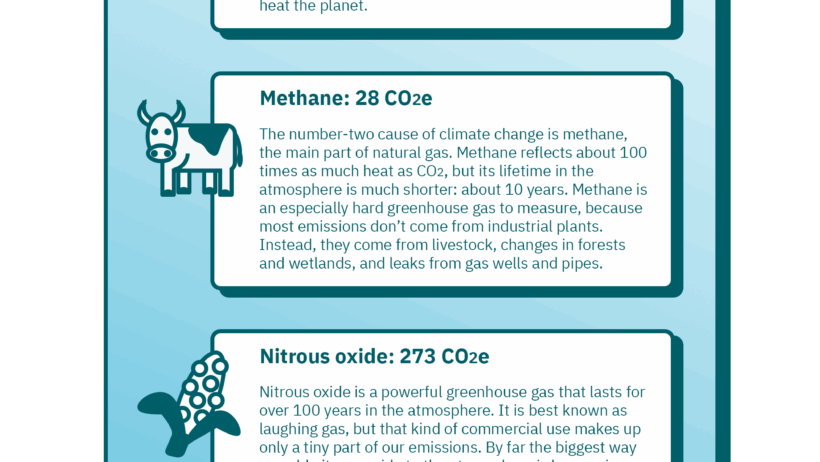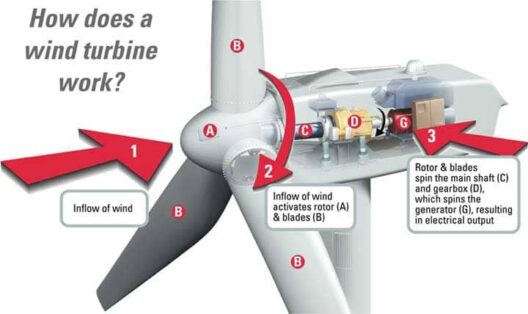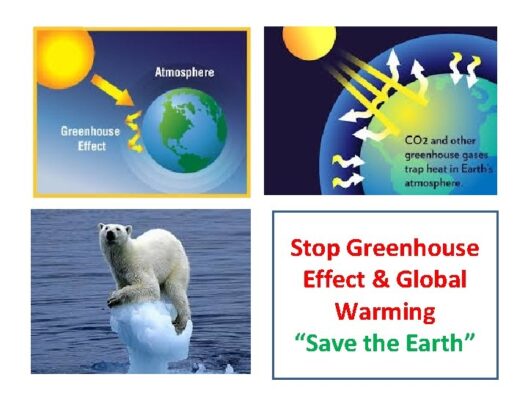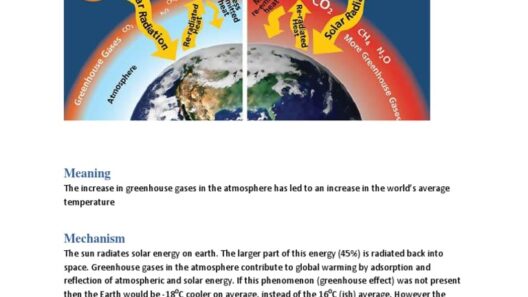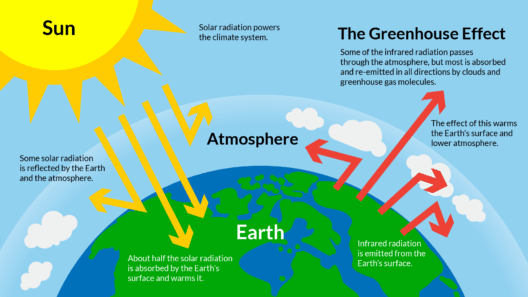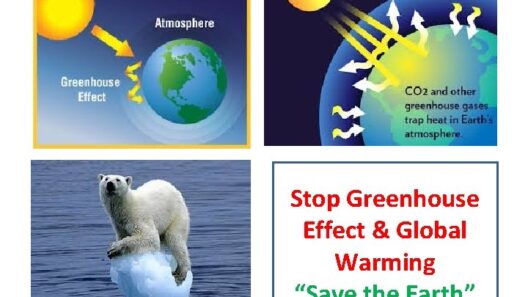Greenhouse gases (GHGs) are pivotal in maintaining Earth’s climate, acting as a double-edged sword that provides warmth while also presenting significant challenges to environmental stability. Understanding their role in our atmosphere is essential for addressing climate change, developing sustainable practices, and initiating effective policy frameworks. This article delves into the multifaceted nature of greenhouse gases, their sources, and their profound implications on global warming.
In this exploration, we will unravel the types of greenhouse gases, their sources, and how they contribute to the greenhouse effect, along with the urgent need for regulatory measures to curb their emissions.
What Are Greenhouse Gases? An Overview
Greenhouse gases include several key players: carbon dioxide (CO2), methane (CH4), nitrous oxide (N2O), and fluorinated gases. These gases occur naturally and synthetically, with varying lifetimes and global warming potentials. Carbon dioxide, for example, is the most prevalent GHG, primarily released through fossil fuel combustion and deforestation. Methane, while less abundant, is approximately 25 times more potent than CO2 in trapping heat over a 100-year period. Nitrous oxide, another potent player, emanates from agricultural and industrial activities, as well as from the combustion of fossil fuels and solid waste.
The fluorinated gases, although present in minute quantities, possess staggering global warming potential and can linger in the atmosphere for centuries. Their production arises from industrial processes and applications such as refrigeration and air conditioning. Despite their lesser prevalence, their long atmospheric lifetimes contribute significantly to climate changes.
Identifying Sources of Greenhouse Gas Emissions
Understanding the sources of GHG emissions is integral for advocating effective climate strategies. The principal sources of these gases can be broadly categorized into natural and anthropogenic (human-induced) activities.
Natural sources include volcanic eruptions, wildfires, and the respiration of organisms. These processes have historically contributed to GHG levels; however, human activities have exponentially exacerbated emissions. The combustion of fossil fuels in transportation, electricity generation, and industrial processes are leading contributors to CO2 emissions, accounting for over 70% of global emissions.
Agriculture also plays a significant role, with methane emitted through enteric fermentation from livestock and nitrous oxide released from fertilized soils. Land use change, particularly deforestation for agriculture and urban development, further amplifies GHG emissions by releasing stored carbon from trees and soil.
Understanding the holistic picture of GHG emissions is necessary to identify impactful mitigation strategies and to develop informed public policies aimed at reducing emissions from key sectors.
The Enigmatic Greenhouse Effect: Nature’s Insulator
The greenhouse effect is a natural phenomenon that warms the Earth’s surface. Shortwave solar radiation passes through the atmosphere and is absorbed by the Earth’s surface, converting into longwave infrared radiation. Greenhouse gases trap this heat, preventing it from escaping back to space, thus maintaining a temperature conducive to life.
However, anthropogenic GHG emissions have intensified this natural process, leading to an increase in average global temperatures—a phenomenon commonly referred to as global warming. The rise in temperature has exacerbated climate extremes, altered weather patterns, and initiated more frequent and severe natural disasters, including hurricanes, droughts, and floods.
Immediate consequences manifest in biodiversity loss, habitat destruction, and a greater prevalence of pathogenic diseases. The cascading effects challenge food security, drive mass migration, and precipitate geopolitical tensions as resources become scarce.
Mitigating Greenhouse Gas Emissions: A Collective Responsibility
The need for robust global strategies to mitigate GHG emissions cannot be overstated. Transitioning to renewable energy sources, such as solar, wind, and hydroelectric power, is a paramount step towards reducing reliance on fossil fuels. Implementing energy efficiency measures in industries and households can further diminish carbon footprints.
Reforestation and afforestation initiatives can serve dual purposes: sequestering carbon from the atmosphere while enhancing biodiversity and restoring ecosystems. Governments and organizations must champion policies that incentivize sustainable practices, enforce emission reductions, and foster international cooperation—essential for tackling a problem that transcends borders.
Catalyzing change requires an informed public. Educational initiatives aimed at raising awareness of climate issues, consumer choices, and political actions empower individuals to contribute to broader climate action. Sustainable lifestyles involving reduced consumption, waste minimization, and the adoption of circular economy principles can collectively foster significant change at the grassroots level.
Future Outlook: Navigating the Climate Crisis
The interplay of greenhouse gases and climate change presents a complex tapestry that demands vigilance, innovation, and commitment. While the challenge is daunting, it also presents an opportunity for transformation—one that requires an intersection of science, policy, and public engagement. Through sustained efforts in mitigation, adaptation, and educational endeavors, there lies hope for a sustainable future.
As we confront the climate crisis, understanding the crucial role of greenhouse gases and their profound effects on our planet compels discourse and action. It is imperative that we acknowledge the urgency of this issue, advocating for comprehensive strategies that unite global societies in striving towards a net-zero future. Fostering resilience in our ecosystems, economies, and communities will ultimately determine the legacy we leave for generations to come.
